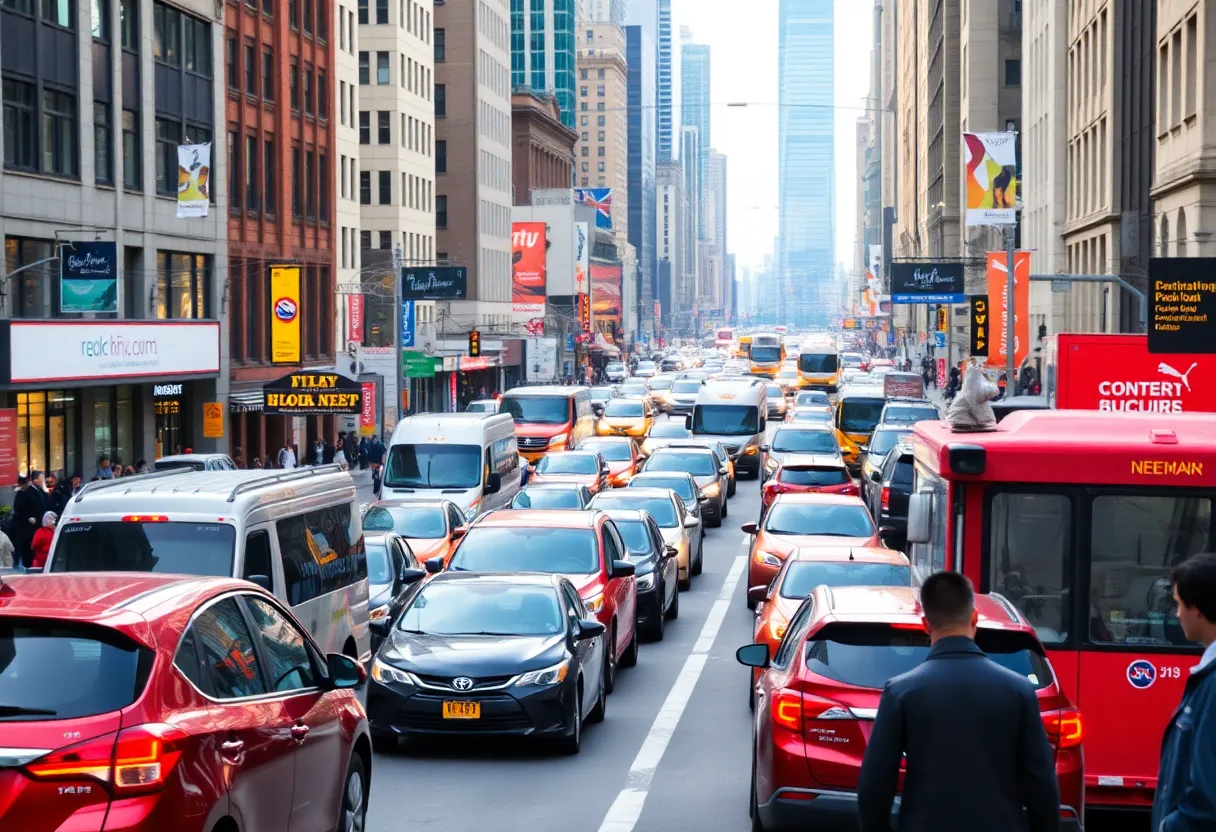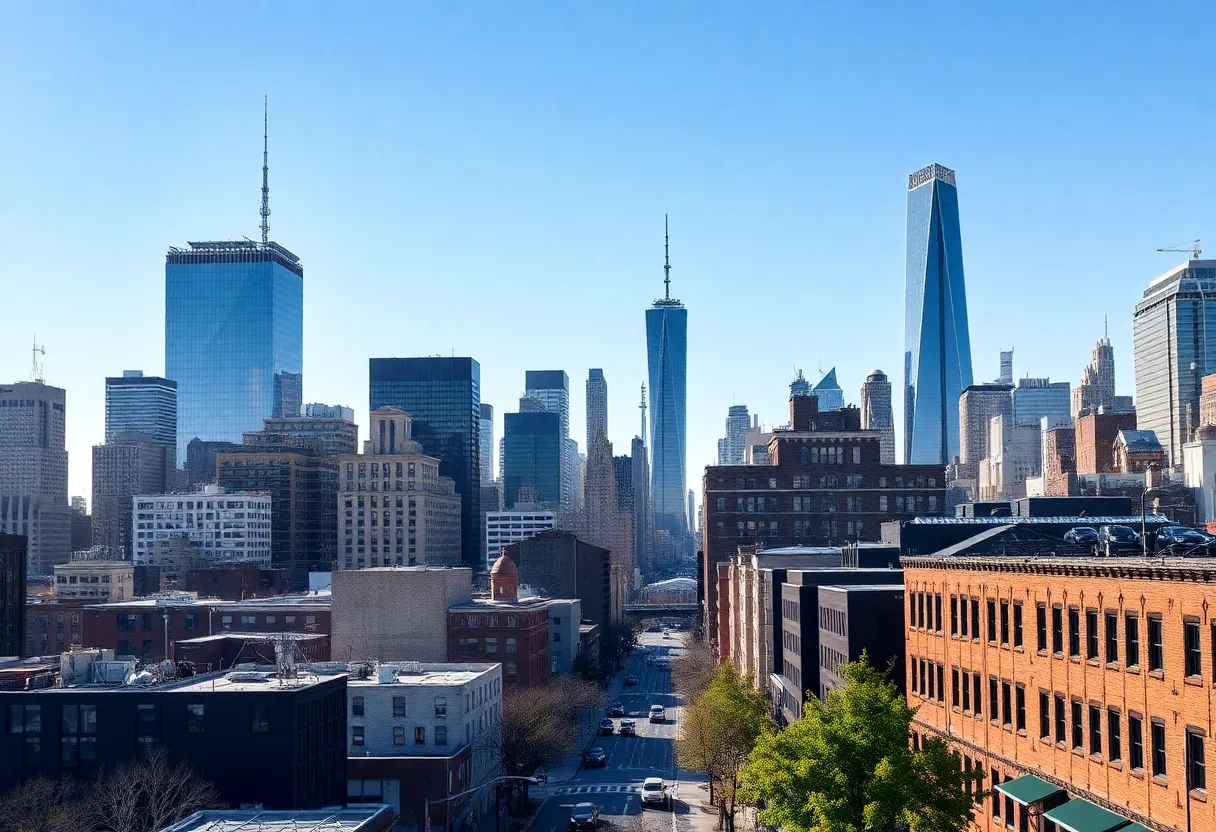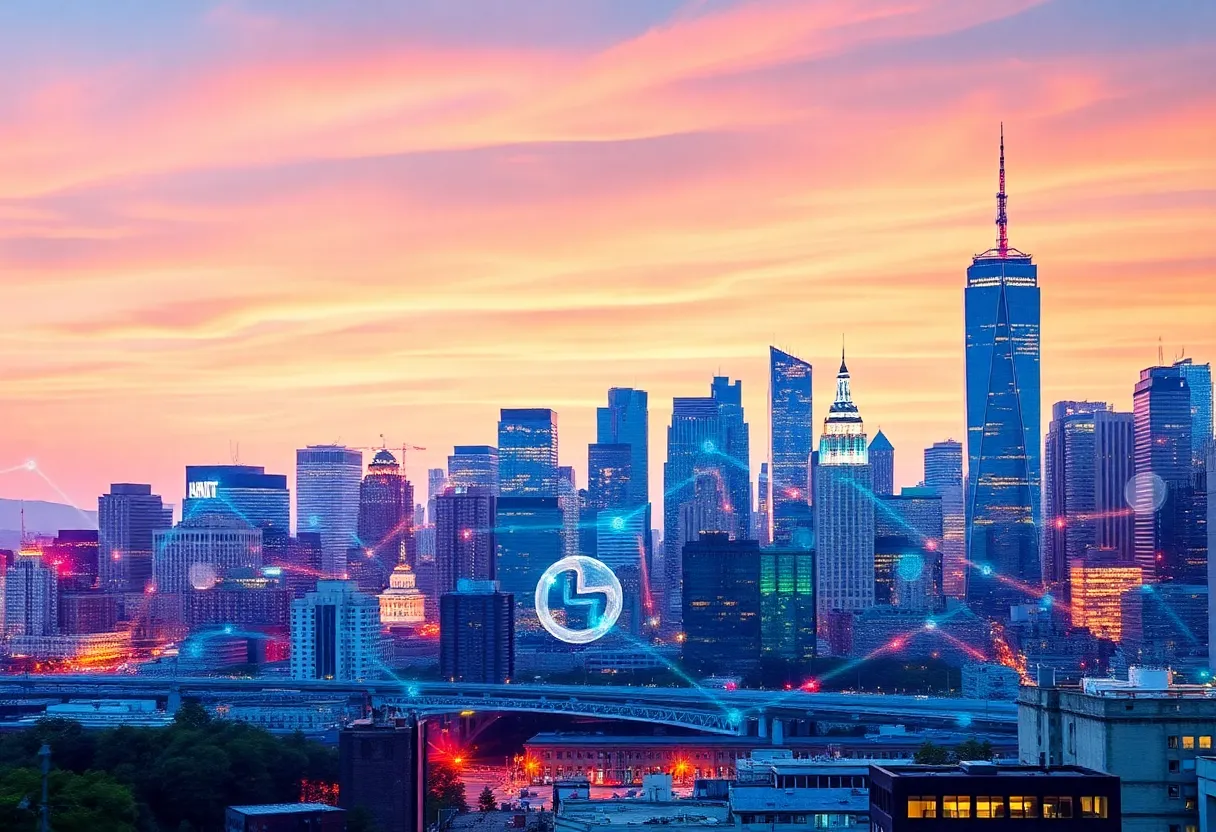News Summary
New York City’s $9 congestion toll affects drivers entering Manhattan, aimed at reducing traffic and funding public transport. Officials report a significant decrease in traffic and injuries since its implementation. Despite federal pushback, the Metropolitan Transportation Authority remains firm on the toll’s continuation, highlighting its success in urban traffic management. The comparison with similar global initiatives shows promise as NYC adapts this strategy for future transportation improvements.
New York City’s Ongoing $9 Congestion Toll: What You Need to Know
New York City is buzzing with news about its $9 congestion toll, which continues to affect most drivers entering the heart of Manhattan. This program targets vehicles entering the city’s central business district, stretching from 60th Street down to the southern tip of the Financial District. For many, this has become just another part of the daily commute, but its implications are significant for both traffic and public transportation.
Why the Toll?
So, what’s the big idea behind this congestion toll? The initiative aims to reduce traffic congestion while helping to generate much-needed revenue for the underfunded subway system. It operates on weekdays from 5 a.m. to 9 p.m. and on weekends from 9 a.m. to 9 p.m., making it a cornerstone of the city’s strategy to tackle its notorious traffic woes.
Results So Far
It seems that the congestion pricing is already showing its benefits. Officials reported a 10% decrease in traffic in lower Manhattan since the toll came into effect on January 5, 2025. This drop in vehicles even led to a significant reduction in traffic-related injuries within the zone. Not only are the streets a tad less clogged, but businesses in the area are reportedly thriving, benefiting from the less congested streets.
The Federal Pushback
Legal Hurdles
Comparison with Other Global Cities
The Road Ahead
Deeper Dive: News & Info About This Topic
HERE Resources
Additional Resources








